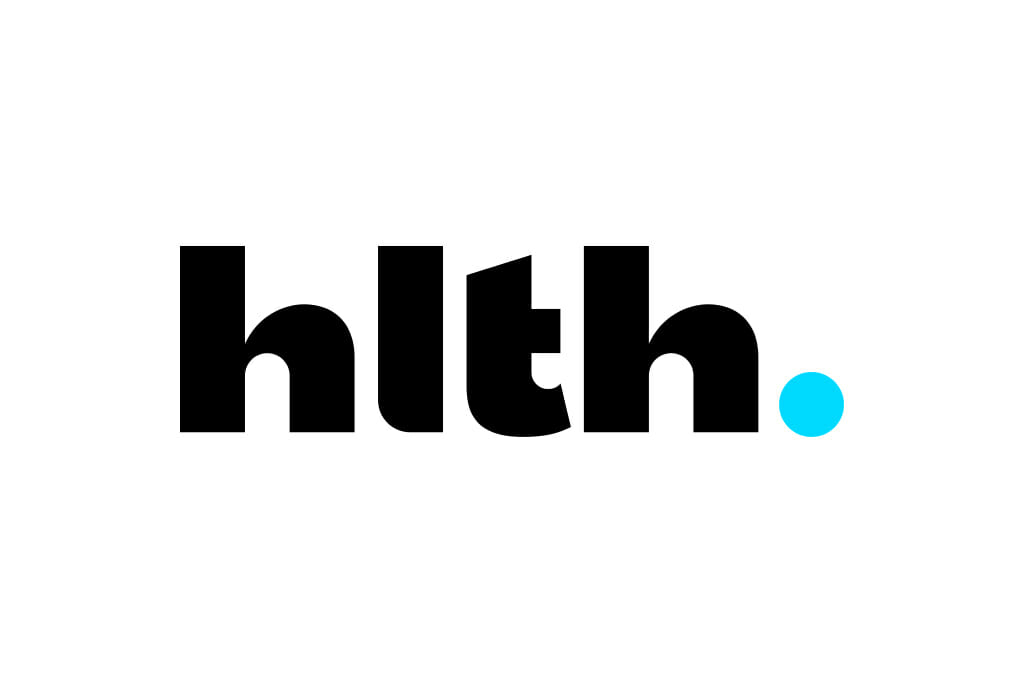A little more than three years ago, the pharma and healthcare industries experienced what could be called a “reckoning” with equity and health disparities.
Since then, most companies have pledged to change how they approach accessing, informing, treating and marketing to both HCPs and patients – and doing it from a more diverse lens.
During a panel at Digital Pharma East 2023 Tuesday, two cancer survivors joined Yesenia Bautista, VP of point of care media at Publicis Health Media and PatientPoint’s chief client officer Linda Ruschau to discuss the access, education and diversity gaps that still remain in the patient experience.
MM+M spoke with Bautista, Ruschau and cancer survivor Loriana Hernández-Aldama after the panel to learn a little more about their insights.
This interview has been edited lightly for length and clarity.
MM+M: At your panel, you spoke about some of the gaps that still remain when it comes to patient experience. Can you elaborate on what those gaps are?
Bautista: If we think about how the U.S. population is growing, it’s expected that the majority will consist of minority groups by 2030.
In the case of having educational resources at the point of care for minority groups, that’s missing there. There’s a lack of information and creative assets that speak to types of audiences that don’t have the same experiences.
For example, there are ads that show people having happy experiences, but that’s not necessarily the case in real life. Speaking to a target audience in an authentic way is something that needs to be moving forward in our industry.
Ruschau: Often, the traditional way [of marketing] was to have a list of targeted doctors and that list of doctors is based on their prescribing behaviors, which is important.
However, there are a lot of demographics – like age, caregiver status, etc. – that are overlooked because we’re looking at the physician prescribing versus the patients that need help.
Hernández-Aldama: When we’re talking about gaps, they’re not only in marketing – there are gaps everywhere you turn [in healthcare], which is a big problem.
One of the issues is that there’s a focus on taking great research and turning it into great medicine, but we have to support the whole patient. Because in order for patients to do well, we need to be supported with resources, patient education and provider education.
We always think that because we’re talking to providers at conferences, there are so many providers in maybe low-income areas that can’t afford to leave their patients. Are they up to date with the latest information to share with their patients? It becomes like a trickle-down effect.
Patient education is one of the biggest voids that impact your decision-making. Marketers are change agents; they have a responsibility and a platform to be able to not just change a patient’s life and change their trajectory – but save their life by providing the right information.
If we can keep patients in the game, we can stay on treatment and in treatment for a longer period of time. It’s a win-win, both for that drug and for the patient. Still, we have to be in it together.
MM+M: It’s been about three years since most in the industry made commitments to DE&I. As a bit of a check-up, where does the industry stand now – has there been progress?
Bautista: In point of care within the past two years, there has been a movement. There’s been a lot of talk. There have been new tools that have been implemented and evolved from partners as well as our agency.
However, that movement needs to be strengthened. It needs to keep moving forward. This doesn’t happen overnight, but our commitment to keeping them moving is what we need to focus on as well. So making sure that we continue to plan from a DE&I lens is crucial to having better health outcomes for patients.
Hernández-Aldama: There’s progress made that patients haven’t quite seen yet. Everybody is huddling, working hard and they acknowledge that this is a highway that needs to happen. However, the groundswell of all the work being done is going to take time to actually get to the patient.
I always say, ‘Where you live shouldn’t determine if you live.’ Everyone here recognizes that and they’re working hard. It’s just going to take time to get to us.
One thing I always forget to hit on is Afro-Latinos. I asked the U.S. Census Bureau [about Afro-Latinos] and they said, “We’re not collecting that information.”
When we look at marketing, we either see people who are Black or Hispanic – and we don’t look [at the variations of different backgrounds]. With DE&I, we need to market with the realization that there are an array of all kinds of cultures, whether they’re Afro-Latino, Caribbean, Indian, etc.
MM+M: Do you have any personal examples of “being treated as a whole patient” during your patient journey that you wish you had experienced, but was lacking at the time?
Loriana: Patient education – and I always say provider education, because the provider who’s not well-informed can change your patient’s trajectory and could impact their life.
When I was diagnosed with breast cancer, I had to inform the doctors that I had had a bone marrow transplant and couldn’t have more radiation. They suggested a lumpectomy because it was a small breast cancer. I had to do an email intro with my leukemia doctor, only for my breast cancer doctor to override them to say, “She can’t have this. She needs a double mastectomy.”
The long and short of that is we have to educate patients, but we have to educate providers as well so we can have shared decision-making. Not everybody is at these conferences. When patients know why they’re doing something, they’re more likely to adhere to it as well.
Bautista: That also reduces those feelings of anxiousness, stress and fear. Especially in oncology, the initial emotion is fear. When you are able to have resources and support from a few different angles, whether it’s talk therapy or something you can read or somebody that you can talk to – that only helps you feel better on your health journey. This makes it a more positive situation in light of everything you’re going through.
Hernández-Aldama: When I travel to and speak at conferences, every person I meet is so purpose-driven. Everyone’s been touched by an illness in some way, and they are so purpose-driven and it’s beautiful.
Yet when I take off the suit, put on my gown and go to the doctor’s office, I say, ‘Where is all the hope I heard about at the conference?’ It’s like a different world somehow.
That hope and change is not getting to us in the doctor’s office. Somehow we have to figure out how to get all the passion and purpose behind the work that everyone’s doing into the doctor’s office and then to the patient.










